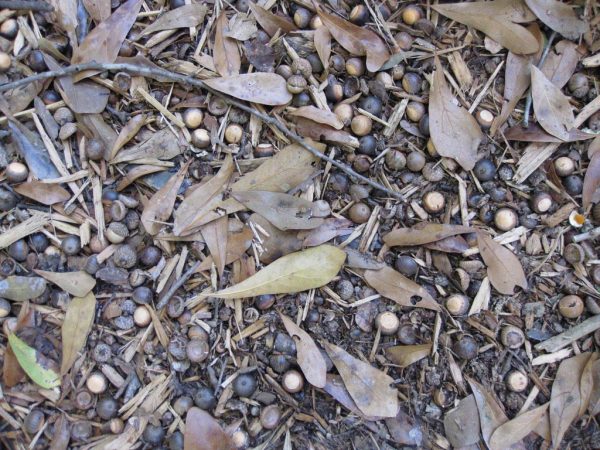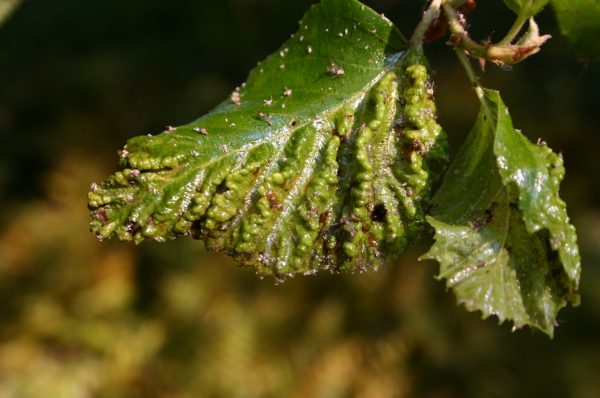Chinquapin – Care
Q: I purchased four ‘Georgiana’ chinquapin trees from a nursery in south Georgia. Can you tell me when is the best time to plant them and any special care instructions? I would like to give two of them to my sister that lives north of Pittsburgh, PA. Will they survive that far north?
A: You should plant them immediately in a sunny spot if the ground is not frozen. They should do well in Pennsylvania. Try to plant as from your house as possible: the flowers have a disagreeable, rancid odor in spring. Chinquapins grow in well drained soil but do not plant then in wet soils because they are susceptible to root rot. The trees have shallow, spreading root system. For this reason it is important to keep them watered the first year until their root system develops and spreads out. Once established they are quite drought tolerant.
Do not fertilize the first year after planting. After the first year fertilize young trees in spring with 1 1/2 pounds of 10-10-10 scattered in the area under the branches of the tree. The rate is increased by 1 pounds each year until reaching 10 pounds of 10-10-10 per tree. A chinquapin has a stickery burr which contains a single nut. American chestnut burrs have three nuts apiece.
The nuts drop during a two week period in September. They must be picked up every other day. Numerous fungi and bacteria attack the nuts on the ground, causing rapid decay and spoilage. Use gloves when harvesting; the burrs can be painful to handle. Dip nuts into hot water (kept at 150 F) for 30 minutes to eliminate surface molds and chestnut weevil. Afterwards, place the nuts in a shady, cool, and well-ventilated spot to cure them. In the curing process starches change to sugars enhancing flavor. After curing for a week, nuts should be refrigerated before consumption.














